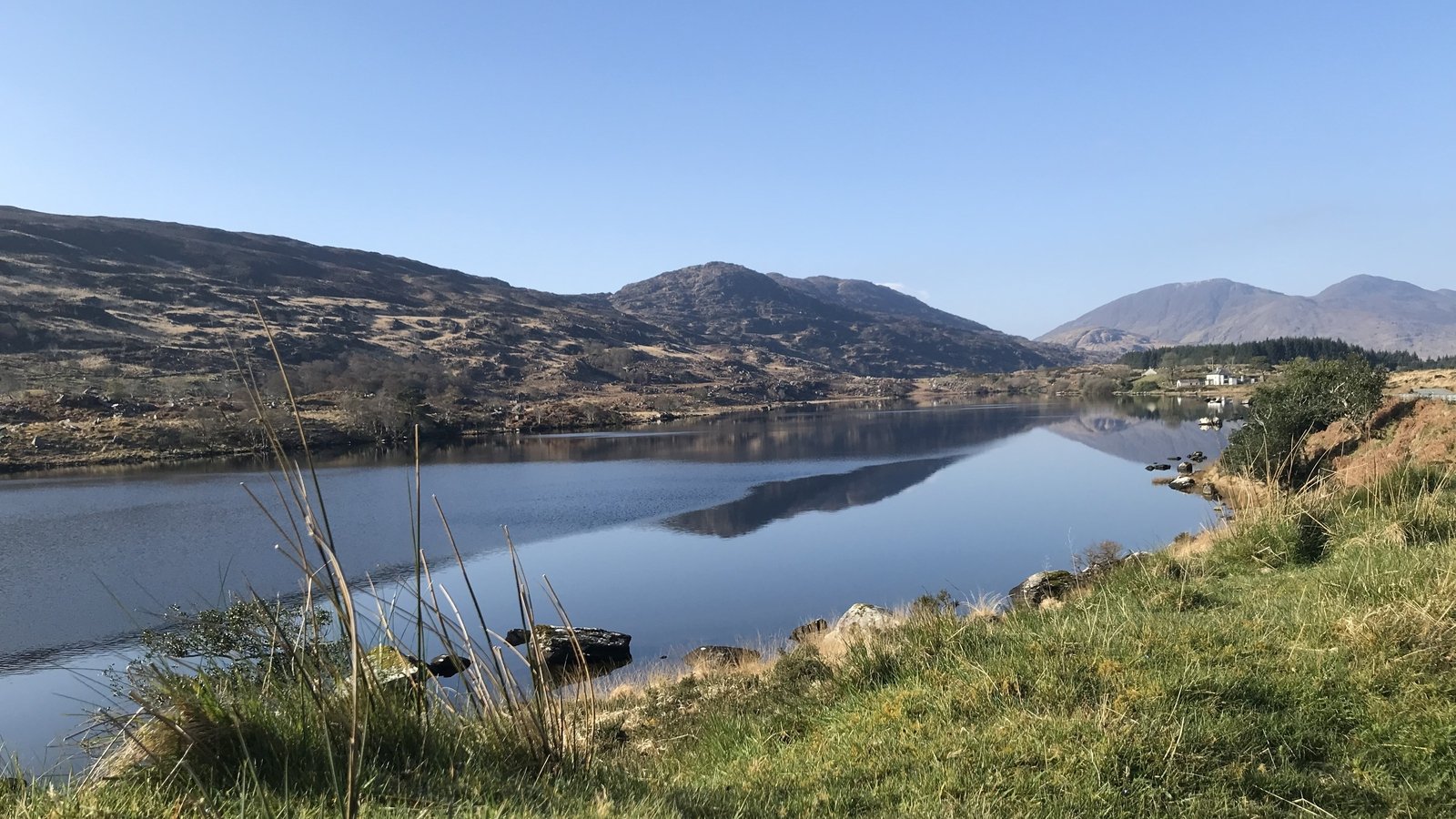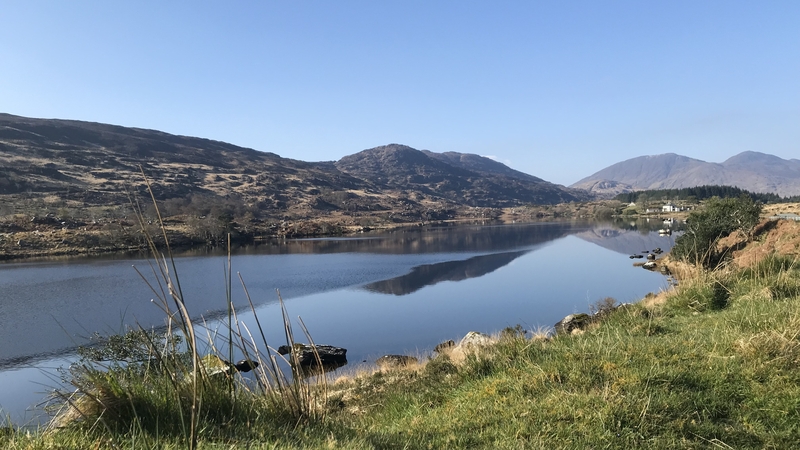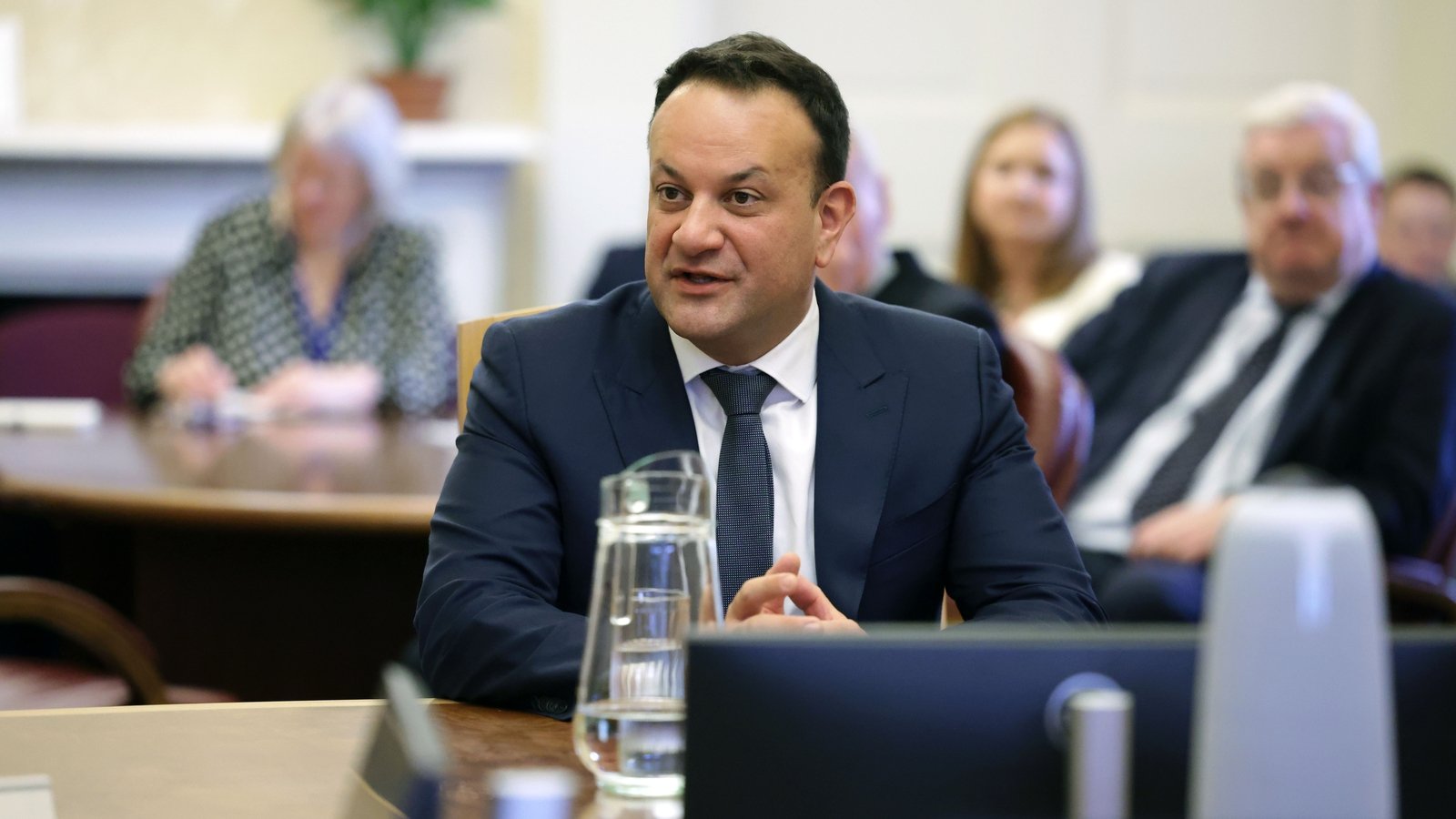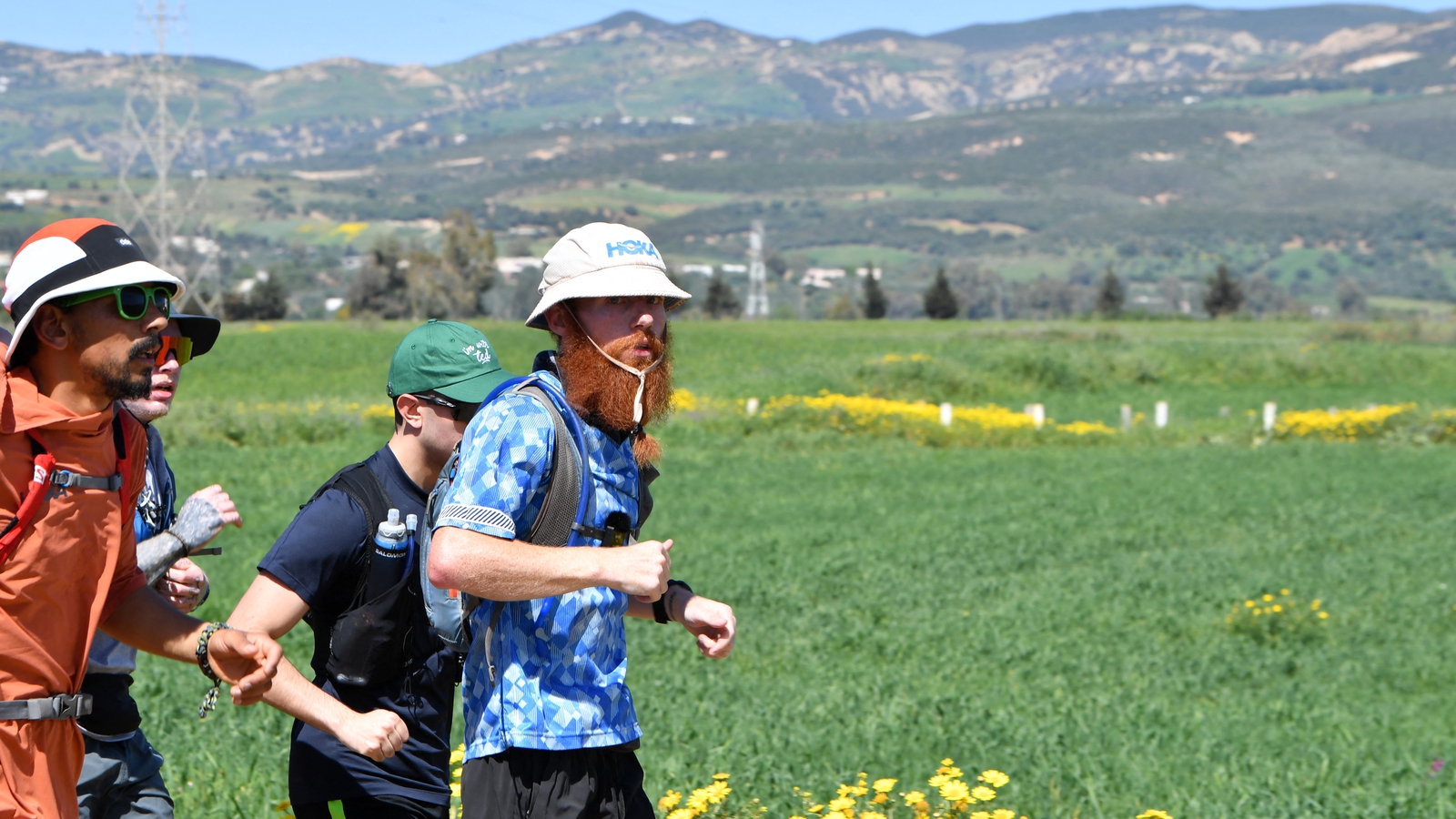More national parks under new biodiversity plan


Ireland’s fourth National Biodiversity Plan is being launched and the Government is hoping that legislation and new funding will help spearhead significant changes.
It comes as natural habitats such as native plant species and the marine environment are in decline.
The first plan was launched in April 2002, and while there have been goals met and targets achieved in the last 20 years the overall global trend has been below its targets.
A review of the third plan – published in 2020 – reported that “land, ocean, atmosphere and biosphere are being altered to an unparalleled degree”.
It added that “unless action is taken to reduce the intensity of drivers of biodiversity loss, there will be a further acceleration in the global rate of species extinction, which is already at least tens to hundreds of times higher than it has averaged over the past 10 million years”.
The document’s summary of the national situation was also alarming.
It said: “In Ireland, 85% of EU protected habitats are reported as being in unfavourable status with 46% demonstrating ongoing declines.
“The main drivers of this decline are agricultural practices which are negatively impacting over 70% of habitats, particularly ecologically unsuitable grazing, abandonment and pollution.
“Of particular note are declines in peatlands and grasslands, and some of the marine habitats.”
Launching the latest action plan, Minister of State for Nature, Heritage and Electoral Reform Malcolm Noonan said he believes that nature can recover, but acknowledged that it is “in trouble”.
This plan is different to the preceding three in that it has a legislative basis.
It was published under the Wildlife Amendment Act, 2023 and creates obligations for all public bodies including State agencies such as Bord Iascaigh Mhara and Bord na Móna.
Local authorities will also have to produce and update local biodiversity action plans in the same way they already draw up climate ones.
The plan also promises more national parks and expansion of the current areas.
The latest biodiversity plan is a radical departure from previous plans, Minister of State for Nature, Heritage and Electoral Reform Malcolm Noonan has said.
Speaking on RTÉ’s Morning Ireland Minister Noonan said more biodiversity does not mean less farm land, but that farmers need to be rewarded for what they do.
“I’ve met with many farmers doing amazing work for nature out for corncrakes, for curlews, for other species and for restoring habitats, but they need to have certainty and they need to be paid and rewarded for the work that they do.”
Mr Noonan said a new nature restoration plan will run in tandem with the biodiversity plan and this will address issues around re-wetting on agricultural soils.
A deer cull is needed, he added.
“In certain pockets of the country, there are probably hotspots … where deer numbers need to be brought down in a managed and sustained way.”
The National Parks and Wildlife Service is a lead agency on biodiversity and will receive more resources to enable it to target wildlife crime.
Its Director General Niall Ó Donnchú said the success of the plan will depend on “all of us taking action for nature”.
“If we give nature a chance it will give us a second chance. Let’s not waste that!”
Nature friendly farming schemes will also be extended.
The plan promises to implement some of the recommendations of the Citizens Assembly on Biodiversity such as reforming nature governance and examining how the rights of nature will be recognised.
This could include a referendum to include these rights in the constitution.
While the Biodiversity Action Plan will create many obligations it will also create more opportunities.
New funding is promised and communities who draw up plans to protect and improve biodiversity in their area should be able to access some of the funds set aside for it.





